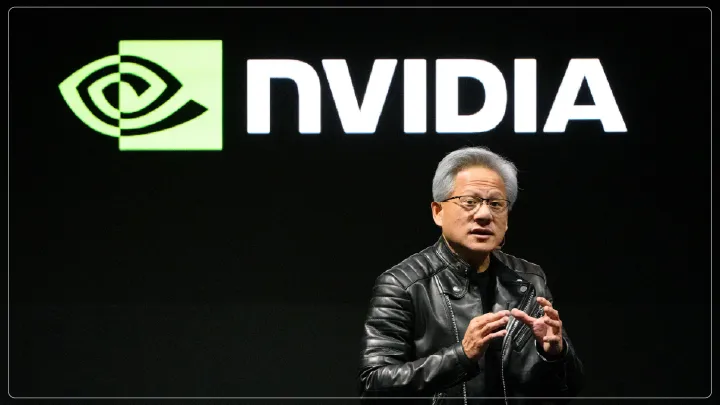December 2025
To provide developers with direct access to state-of-the-art computing power, NVIDIA has introduced the DGX Spark, a small but potent AI supercomputer. NVIDIA and its hardware partners, which include ASUS, Dell, GIGABYTE, HP, Lenovo, MSI, and Acer, started shipping the systems to clients all over the world this week. DGX Spark, which is based on the Grace Blackwell architecture, combines NVIDIA AI software to stack GPUs, CPUs, networking, and CUDA libraries into a single device.

The remarkable feature of DGX Spark is its 128 GB of unified memory and one petaflop of Artificial Intelligence performance in a desktop form factor. This lets users fine-tune models with up to 70 billion parameters locally and perform inference on models with up to 200 billion parameters. Along with using the entire NVIDIA AI ecosystem, developers can also create agentic AI models, physical AI systems, and spin up workloads that would otherwise require a large amount of data center infrastructure.
To mark the global launch of DGX Spark, NVIDIA’s Jensen Huang personally delivered one of the first units to Elon Musk at SpaceX’s Starbase, Texas, a nod to their 2016 DGX-1 collaboration. NVIDIA remembers that Huang personally delivered the first DGX-1 unit to OpenAI in 2016, which was crucial in making it possible for ChatGPT and other large language models. Hugging Face, Microsoft, Google, Hugging Face Anaconda, and other prominent AI and tech companies are among the early adopters of DGX Spark, already validating and optimizing software stacks for it.
Research organizations worldwide, including NYU Global Frontier Lab, previewed NVIDIA’s DGX Spark to accelerate AI development. Kyunghyun Cho, a NYU professor, highlighted that DGX Spark offers petascale computing on a desktop, enabling rapid prototyping of advanced AI models, even for sensitive fields like healthcare.
On October 15, interested parties will be able to purchase DGX Spark from the NVIDIA website, and partner systems will be accessible via its international channels. NVIDIA hopes that this move will democratize high-end AI experimentation by moving more AI development from large centralized data centers to local labs and offices.
December 2025
December 2025
December 2025
December 2025